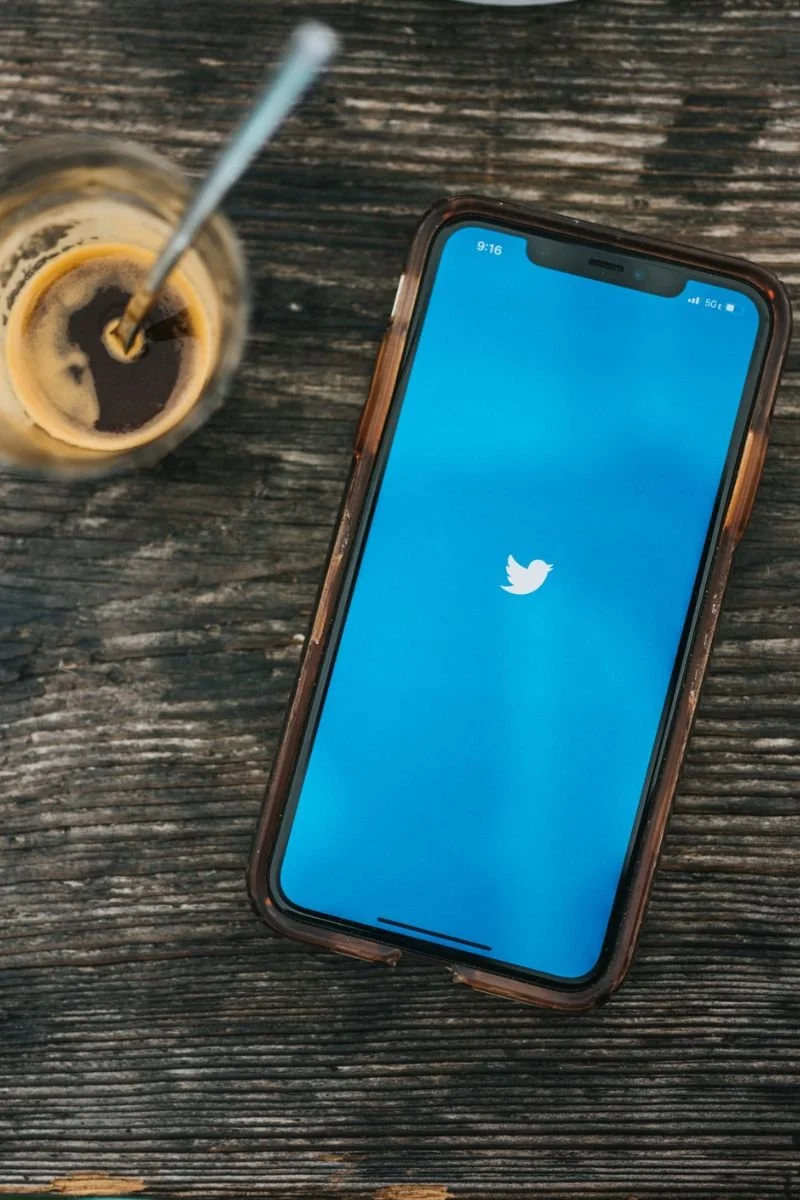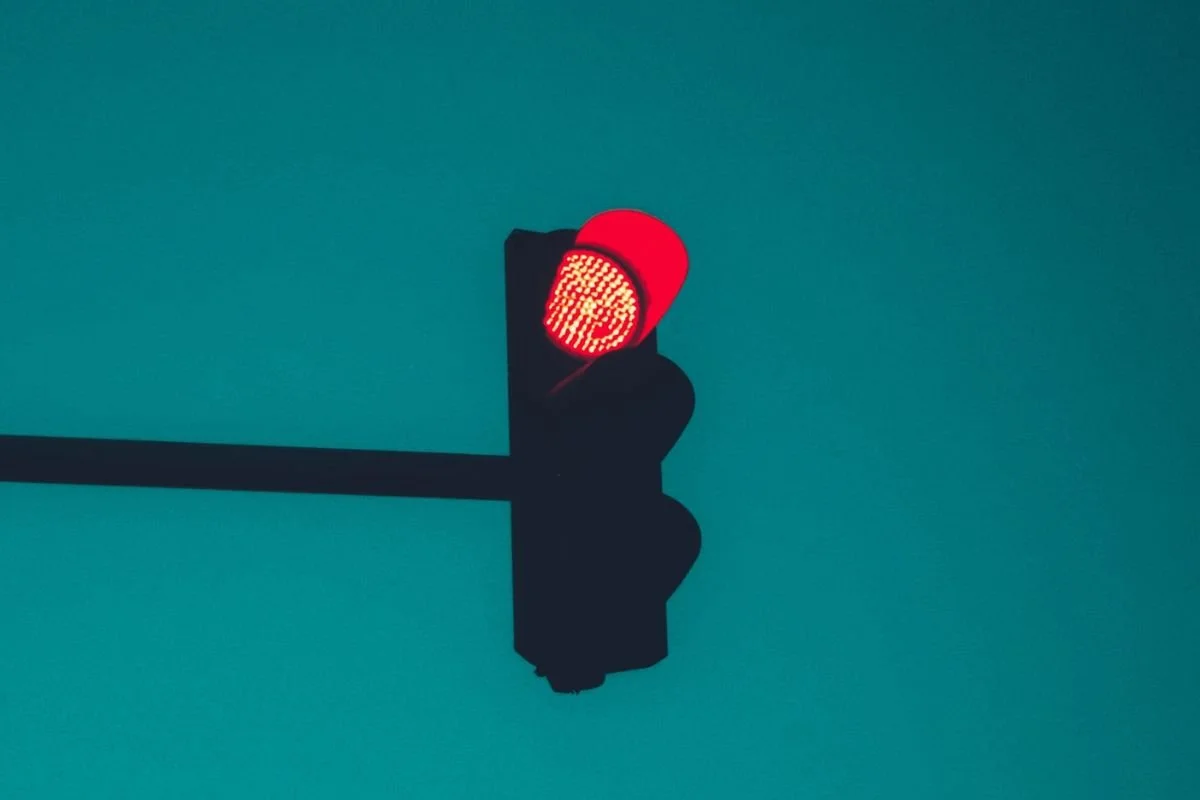How to Be (and Stay) Mindful Using the Most Addictive Apps
Staying virtually connected has become such an essential part of everyday life that it can be difficult to know when you’re connected - or full-on addicted.
Our foggy understanding of connectivity distorts staggering facts about some of the most addictive apps, like the finding by the Mckinsey Institute that the average person spends up to 28% of a work day checking email.
At Simplish, we believe in the power of well-designed technology to support work life balance. Next time you reach for your mobile, ask yourself this:
Are you seeking connection through your smartphone?
Or…
Are you seeking connection with your smartphone?
If you discover that you’re actually in a dependent relationship with your smartphone when you thought you were using it to connect with the people, projects and possibilities in your life that you care most about, you’re not alone.
The facts about digital addiction are depressing. Here are some signs it’s time to break up with your smartphone:
You are doom-scrolling through some stranger’s Instagram feed
You’re deeply hypnotized by a global news feed that only seems to get worse with every update
You feel totally lost when your device is out of arm’s reach
You feel unable not to check your email - for no particular reason (or so you think)
What Makes Mobile Apps Addictive?
The fact is this, friends: while apps like Simplish are designed with work-life balance in mind, many others are designed to be so addictive that you can’t live without them.
As a consequence, some apps not only have a bad influence on our social habits and meaningful productivity, but they severely impact both our mental and physical health. Recent research is uncovering how un-controlled use of social media can increase the threat of mental health issues like depression, stress, and anxiety. The addictive nature of smartphones has led to a new category of behavioral addiction, officially recognized as “Problematic Internet Use” (PIU) by clinicians. And that’s just the start!
But what makes apps, in particular, so addictive? Here are a few sneaky ways the most addictive apps get us coming back for more, even when we’re burnt out:
Exploit our FOMO with tracking that tells us we’re winning when we use the app every day
Create compulsion loops that mimic gambling games that make us feel good (and at the same time, so bad) about doing it again
Co-opt the natural desire to reciprocate to social gestures, making connectivity an obligation rather than a choice
Purposefully render update features in red (blood), orange (fire), and yellow (poisonous animals) to trigger our primal fear of danger if we don’t click
Tempt our universal to improve and appear attractive to others with expensive in-app purchases that serve no greater purpose
While almost all apps have potentially addictive features, some are more addictive than others.
The 10 Most Addictive Apps You Can Download
Mindfulness begins with awareness, the simple recognition of a situation or fact. Sounds simple, right? The problem with apps and what makes it so difficult to change your behavior while using them is that we use our smartphones for so many purposes: navigating to meet friends, ordering take-out, calling our close contacts. To even start practicing mindfulness with the applications you feel are stealing your time, you need to know exactly which apps are offending. Without futher ado, here are the most addictive apps you can download in the app store today:
1. Instagram
This app is literally shaping our existence in a way other apps can't. It’s not uncommon in big cities to see ads for housemate asking for Insta info these days! You might find yourself caught up in an endless loop of pictures, videos, and messages on Instagram that are hard to escape from.
2. Whatsapp
Alongside Instagram, we find WhatsApp, the ultra-famous messaging app that allows its users to text, call, video chat, and share real-time audio clips.
3. Facebook
This is one of the first and most used social networking apps that have been dominating the world of social media since 2004. Originally created to connect friends, Facebook profiles are now used to log in to the other messaging apps owned by Meta and its data is sold to target ads that appear seamlessly besides content from friends in the free service.
4. TikTok
A rather new player in the realm of social media is TikTok. TikTok downloads are constantly on the rise, and users spend more time on this app than many others: on average, users spend 45 minutes a day viewing or recording millions of viral videos on the app.
5. Snapchat
One of the oldest instant video messaging apps on the market, Snapchat allows users to share images, videos, and messages in real-time. Addictive features include Stories and Snapstreaks that keep users active on the app.
6. YouTube
From music videos to vlogs and movies, there's very little you can't find on YouTube. It has had such an impact on our lives that it changed the entertainment industry and the way people approach online video content. It’s known for its hands-off approach to content released on the platform and sophisticated search algorithms that feed users an endless stream of super-niche videos.
7. Twitter
Ahh, the dopamine rush of sending a fresh Tweet! Recent research has noted a measurable increase in the release of this feel-good hormone when users post to Twitter and subsequently receive likes and retweets. Chasing this feel-good vibe associated with Tweeting is one of the primary reasons this app is so addictive.
8. Facebook Messenger
Do you remember when you could message friends directly in the Facebook app? That changed in 2011 when Facbeook separated the messaging feature in order to improve page loading time on their primary application and improve the news feed. We can only guess why…
9. Gmail
Yes, as much as we love Google’s suite of productivity apps, Gmail is definitely addictive, too. It often tops the app charts within productivity, serving individuals, businesses, universities and government organizations. The color scheme of the default theme is subtle yet persuasive in its signaling: check your email… now.
10. Zoom
Although it boomed during the pandemic, this app is still constantly used every day thanks to its many integrations with group calendar applications. Zoom facilitates over 300 million virtual meetings each month.
Improve Your Relationship to Technology with Mindfulness
Mindfulness has become somewhat of a buzzword in the tech field. But what does it really mean? The American Psychological Association defines the term:
Mindfulness is a moment-to-moment awareness of one’s experience without judgment. It is awareness of one’s internal states and surroundings.
Being mindful means being present and rooted in the here and now. When we're mindful, we can feel more in touch and in control of our emotions, thoughts, and habits.
That's why it's crucial to practice mindfulness as a way to detach from unhealthy habits, including the smartphone habits we’re less than proud of.
How to Be (and Stay) Mindful Using the Most Addictive Apps on Your Phone
Yes, it’s possible to stay mindful while using these dangerously addictive apps. You don’t need to delete all of your social accounts to get started. Anyone can practice mindfulness. While it takes time to develop a first-hand experience of the state we know as “mindful” (think of it as the opposite of how you feel when you’re doom-scrolling), all you need to get started is about 10 minutes and a space you’re comfortable to chill in. Here are three simple practices to help you stay mindful while using your smartphone:
Take a Mindful Breathing Break
Next time you’re deep in zone-out mode, dedicate five minutes to trying this simple mindfulness-based stress reduction technique:
Mentally acknowledge what you’re doing
Put down your phone
Adjust your seat to find the most comfortable position
Breathe deeply for five minutes. Focus on your breath and the physical sensations that arise while you do this
Notice how you feel afterwards
Practice this for at least five minutes a day and then increase the time you spend as you get more familiar with this technique.
Set Healthy Boundaries with Screen Time
Decide how much time you’d like to spend on your phone each day, and then set a screen time limit so you can monitor how long you're actually on the phone each day. Screen Time is actually built into iPhones, and it allows you to schedule time away from the screen, set time limits for specific apps, set communication limits for specific contacts, and restrict access to content. You can even configure Screen Time to track time spent across all devices.
Settings > Screen Time > then turn on Screen Time
Learn more about how to use screen time on the Apple website.
Replace Bad Habits with Healthier Ones
Psychology tells us that we tend to feel losses more than gains, which is why it’s a good idea to replace habits, instead of trying to stop the behavior altogether.
Once you’re aware of how much time you’re spending on apps that you wish you could take back, schedule in a new hobby to compete with the time you’re losing to addictive apps. Reading is a fantastically healthy way to take a break from your phone. Go for a real, pocket-size book so you have a few steps between you and picking up that addictive app again.
Final Thoughts on Re-Claiming Your Time from the Most Addictive Apps On Your Phone
You don’t have to be a digital minimalist to change your relationship to technology. Centering genuine human connection with others or learning to live for yourself instead of getting sucked into whatever’s on the news feed starts with awareness.
To check in on how the apps you’re using are serving you, ask yourself this: Is this app helping you to prioritize what’s most important?




